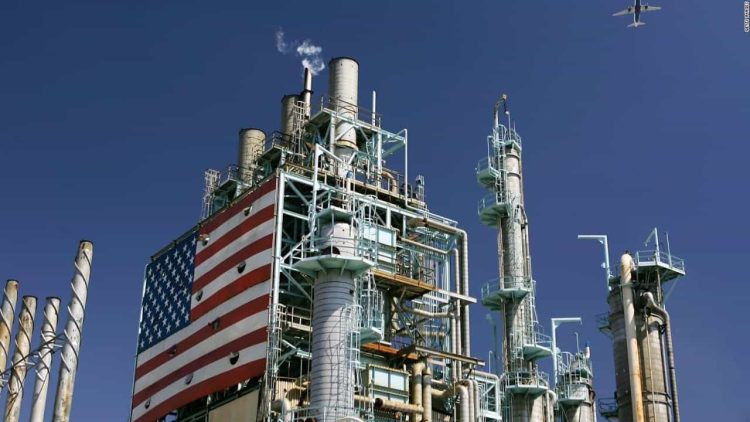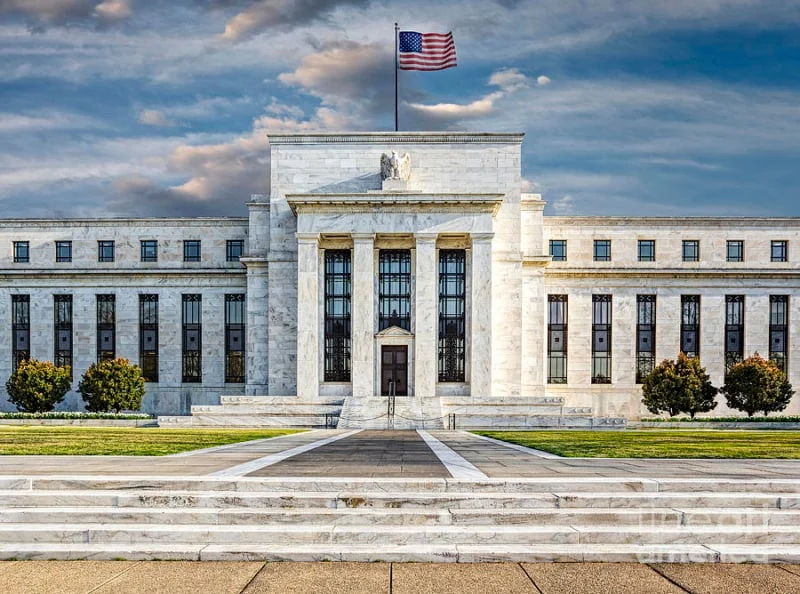Publisher: Maaal International Media Company
License: 465734
“Market Watch”: Trump’s victory is positive for oil producers, with his support for fossil fuels
The American economic consulting and media services website Market Watch considered in a recent report that the victory of Republican presidential candidate Donald Trump in the November elections will be a stimulating matter for oil producers, but he will need help from producers to reconcile increasing production and managing prices.
“Trump’s continued support for fossil fuels versus green energy was reaffirmed loudly and clearly,” Christopher Granville, managing director of global policy research at TS Lombard, said in a note in the official GOP platform released earlier this month. This month, before the party’s national convention in Milwaukee this week.
In fact – according to what is stated on the site – an increase in fossil fuel production in the United States would be beneficial to oil producers, but increasing production would reduce the price that producers receive for the oil they sell. Under the Trump administration, for the US “oil production is likely to rise, not the price(s) of oil,” Manish Raj, managing director at Velandera Energy Partners, told Reuters.
اقرأ المزيد
During his speech at the Republican National Convention, Trump promised to cut taxes and stop inflation by increasing fossil fuel production. He stressed his intention to stimulate production and expected this to lead to a widespread decline in prices. Raj said that with opinion polls showing Trump in “first place” in the presidential race, “investors are betting on an increase in American oil production.” “It is not surprising that increased oil production means lower prices at gas stations.”
Production growth
But under President Joe Biden, the United States has already become the world’s largest oil producer — despite his efforts to combat climate change. US oil production rose to its highest level ever, based on data going back to 1983. Production was 13.3 million barrels per day for the week ending July 12, according to the Energy Information Administration. Record US production also weighed on prices with changes in demand expectations, with US benchmark West Texas Intermediate crude settling on Friday at $80.13 a barrel on the New York Mercantile Exchange, the lowest level since June 14. Front-month prices are trading up 1.7% month-to-date, but are up 10% so far this year. However, there is still room for higher production, and there are ways to offset the effects of this higher production on prices, analysts say. “The regulatory framework in the oil and gas business works like a yo-yo, the rules of the game rise and fall with each administration,” Raj said. He added that Trump could ease “onerous regulatory restrictions,” and nothing would “please oil producers more than simple, permanent regulations so producers can plan for the long term.” Raj said simplifying the regulatory burden for oil and gas could “level the playing field for U.S. producers competing with foreign producers who are not subject to the same regulations.” However, such a move could also hurt producers. TS Lombard’s Granville said that “the indicated volume-price comparison looks unattractive” for US-focused oil and gas stocks.








